Stretching from the slopes of the Lesser Himalayas in the North to the Deltaic Islands in the South, hosting the largest mangrove forests in the world, West Bengal boasts a rich biodiversity. The state is home to plenty of national parks, wildlife sanctuaries and forest reserves that contain rich treasures of wildlife. Amongst them all, the "Sundarbans Biosphere Reserve", stretched across 2,585 square kilometres along the Gangetic Delta, is an iconic symbol of the state, encompassing within it the largest Tiger Reserve and National Park in India. A UNESCO World Heritage Site, the reserve is famous for its celebrated Royal Bengal Tigers that attracts wildlife enthusiasts from across the globe, especially between November and February.
Apart from the tigers, Sunderbans is also home to several species of exotic birds. Some of these are brown winged kingfisher, pallas’ fish eagle, grey headed lapwing and mangrove whistler. Like tigers, the reserve also boasts an impressive population of invertebrates and reptiles. The tidal creeks and a criss-crossed network of marshy waterways are most ideal for estuarine saltwater crocodiles, which are found here in large numbers. Besides, Sundarbans also host several endangered species of turtles, with the most commonly sighted among them being olive ridley turtles, ground turtles, river terrapins and hawksbill turtles.
The Darjeeling Himalayan hill region also houses an amazing variety of wildlife. The “Singalila National Park”, located in the Darjeeling district of West Bengal, is the most popular wildlife reserve of the region. It covers an expansive area that stretches from an altitude of 1800 metres to 4000 metres, encompassing dense forests of oak, bamboo and rhododendrons. A large variety of mammals, birds and reptiles call these forests their home. Animals which can be easily spotted are leopard cats, long tailed pangolins, barking deer, and many endangered species, including the red panda, himalayan black bear and clouded leopards. Singalila is also quite popular amongst trekkers, with the well-known trail of Sandakphu - Phalut running through the wilderness of the park and offering breathtaking views of the magnificent Kanchenjunga Range that extends all the way from Nepal to Bhutan.
Another wildlife gem of the Himalayan region in West Bengal is “Neora Valley National Park”. Rising to an altitude of 3200 metres in the north, the park is criss-crossed by several mountain streams, with the gorgeous Neora River flowing right through its heart. It is also home to innumerable endangered fauna and avifauna species. While clouded leopards, musk deer and red panda are a common sight, amongst the birds, Rufous-throated Partridge, golden throated barbet, chestnut headed tesia and crimson-breasted woodpecker are spotted quite easily. The park is also home to several poisonous reptiles, including king cobra, green pit viper and lizards.
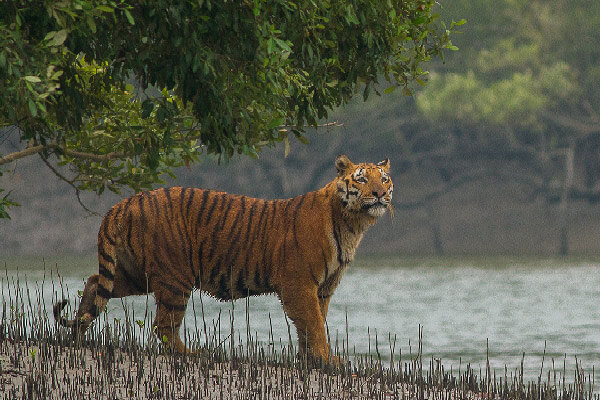
The Dooars region in West Bengal, located at the outer foothills of the Himalayas, is famous, among other things, for the “Jaldapara National Park”. Spread over an area of 216 sq. km. it is one of the most popular wildlife hotspots and attracts tourists in large numbers. Located on the banks of River Torsa and flanked by the Eastern Himalayas, needless to say, its topography is characterized by tall elephant grasses and riverine forests that house within them Asiatic Elephant, Bengal Tigers, Indian Bison and Sambar Deer, and other animals. It is particularly famous for its one-horned rhino, which are the second largest in number after the Kaziranga National Park in Assam. Jaldapara is also a paradise for avid bird watchers, with some of the most commonly spotted birds being pied hornbill, peafowl and partridges. Birds like the Bengal Florican, which is the world’s rarest bustard, can also be spotted. Jaldapara also serves as a habitat for a sizeable variety of eagles, with crested eagles and pallas’s fish eagles being two of the most commonly sighted species.
Adjacent to Jaldapara is another popular wildlife reserve of West Bengal, the famous “Buxa Tiger Reserve”. Boasting a rugged landscape filled with thick woods of bamboo and sal, the forested land was declared a tiger reserve in 1983. It now hosts a high concentration of tigers in the state, after the Sundarbans National Park. Apart from tigers, the reserve is also home to the Asian Elephants, Indian Bison, jungle cats, clouded leopards, and innumerable species of endemic and migratory birds.










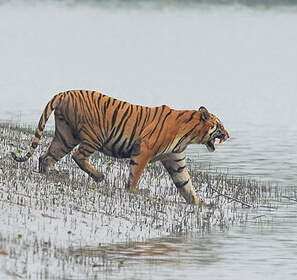

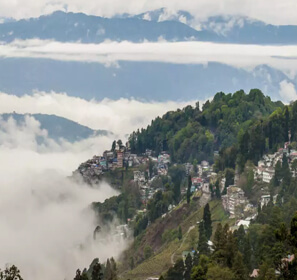





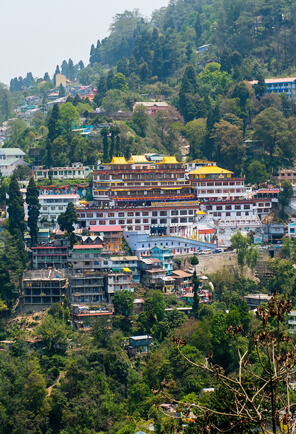
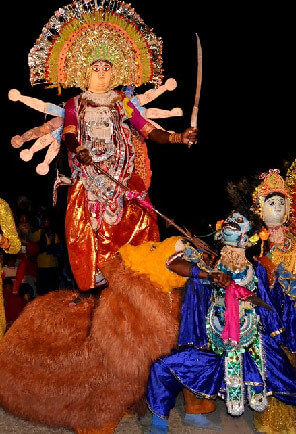




 Plan Trip
Plan Trip Call Us
Call Us Packages
Packages Home
Home